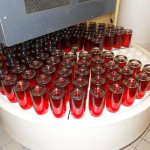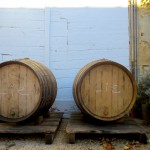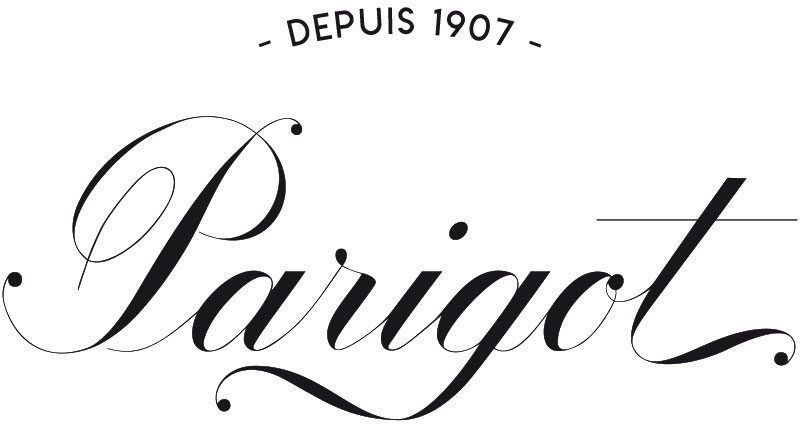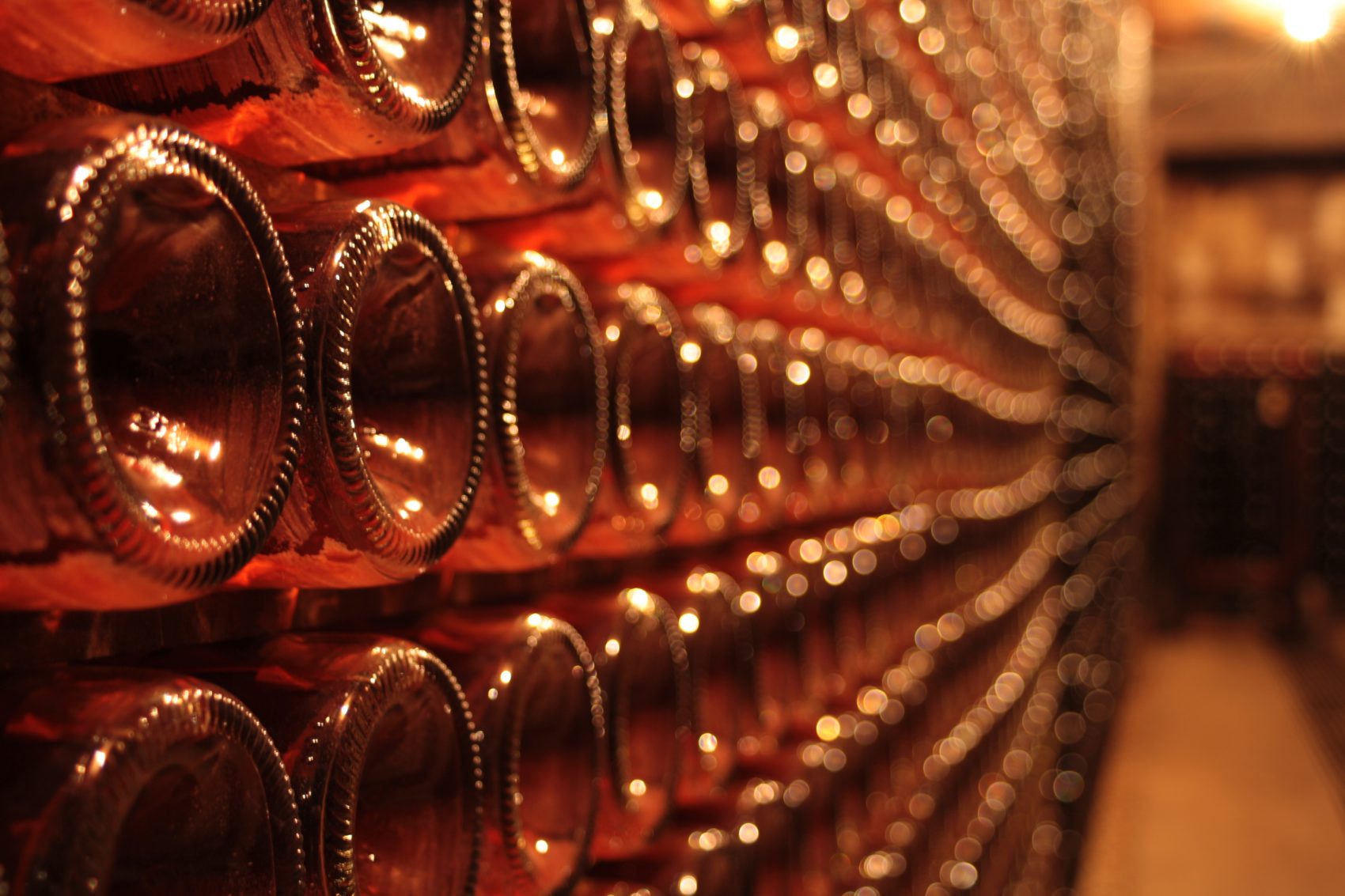KNOW HOW
Vinification
Wines in Burgundy are made from three grape varieties, Pinot Noir, Chardonnay, and Aligoté. Crémant is the only appellation in Burgundy that is allowed to blend these different grape varieties together; it is the complex result of numerous operations performed on a well-calculated schedule.
According to regulation, the grapes must arrive whole to the wine press. To achieve this, special care is taken during the harvest: manual picking and the usage of shallow containers to avoid crushing the grapes. Parigot then uses a sorting table to further ensure the healthy state of the harvest. The initial quality of the grapes is indispensable to obtain a high quality crémant. The harvest comes from different parts of the region: the low lying plains, the area surrounding Beaune, and the hills around Beaune; this allows for a perfect balance of base wines. Each variety is pressed separately and vinified according to origin.
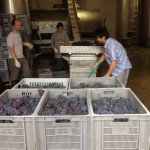
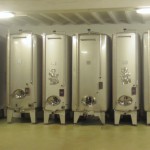
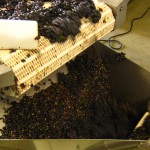
The alcoholic and malolactic fermentation occur in stainless steel vats.
- The alcoholic fermentation (10 days, from the mid September to the beginning of October): it is at this stage that the sugar from the grapes is transformed into alcohol by the yeast. At the end of this transformation, the grape juice has become a tranquil white wine.
- The malolactic fermentation (3 weeks in October and November): this process naturally reduces and permanently fixes the wine’s acidity.
Crémant is a blended wine. Each blend expresses a personal choice. The blending takes place at the beginning of the year following the harvest. It is a decisive ritual in which each variety, each place of origin, is significant. In essence, there is no established formula for this; it is Parigot’s know-how that allows the house to maintain its own style and consistent quality despite the differing specificities of each harvest. Fresh, fruity, intense, this is the Parigot style.

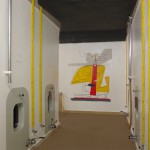

The Traditional Methode
Once the blending is completed, the wine is bottled after the addition of yeast and sugar (in the form of a liquor). This yeast will progressively transform the sugar into alcohol and produce carbon dioxide that, trapped in the bottle, will slowly dissolve and create a natural effervescence. At this point, the bottles are hermetically sealed to keep the level of pressure.
In the coolness of our cellars, the wines will slowly transform into crémant. This second alcoholic fermentation, called “foam creation” lasts six to eight months. The resulting carbon dioxide dissolves while the wine becomes effervescent. We obtain 6 kg of pressure in each bottle.
The bottles are stocked on racks.



Once the fermentation in the bottles has finished, a deposit can be seen: these are its dregs. It is the contact with these dregs that is going to improve the crémant and create its complexity, fineness, and aromas. The longer a crémant is aged on its dregs in the cellar, the better it will be. This is why Parigot ages its wines for 18 to 60 months on its dregs, depending on the blend, when the legal minimum is at 12 months.
To give a crémant its brilliance, the dregs need to be removed. To clarify the wine by ridding it of the deposit in the bottle, the previous must be gently slid down the side of the bottle into the bottleneck. This is the ridding process.
The “remuage“, an essential process in crémant making, is still done by hand on oak racks.
Placed on the racks, each bottle is turned so that the dregs will end up in the bottleneck on the lid. It is through this simple, yet very technical gesture that brings the crémant its brilliance.


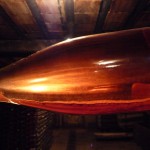
Disgorging
This is the operation that will remove the deposit that is now concentrated in the bottleneck. The technique used for this is the discharging by ice that consists of plunging the bottles upside down in a bath of salt water at -25°C. An ice cube forms in the bottleneck, trapping in it the deposit. When the bottle is opened, the pressure inside the bottle will expel the ice cube containing the dregs: this is the “disgorging“.
Before resealing the bottle with its definitive cork, a dose (known also as an expedition liquor) must be added to it. This liquor is made from white cane sugar dissolved in A.O.C. white wine. Its role is to bring together all the flavours and aromas of the crémant. The previously discussed long aging process in the cellar allows Parigot to keep this dose to a minimum.
After a rest period, all that is left to do is clean the bottles and put the labels on before sending them off around the world.
Even thought crémants should be more so aged in the cellar of the winemaker and not the consumer, they can nevertheless be stored on average between two and five years. The optimal aging time for a crémant depends on several criteria, notably the quality of the wine used to make them and the amount of time they spend aging on their dregs.
A final tip: veer towards serving the crémant in flutes – they concentrate the “nose” and aromas better, and can only help you to better appreciate the fine bubbles by making them last longer.
